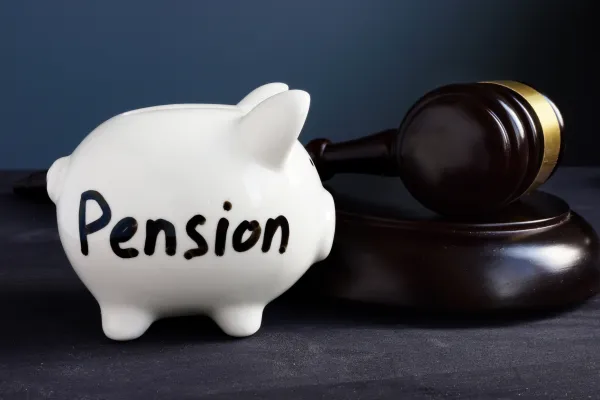Just a week after reassuring the Group of 20 about China’s economy, Premier Li Keqiang announced a slew of stimulus initiatives that sends a clear signal to markets: Beijing is determined to maintain growth in the face of pressures that are slowing the economy.
The new measures include $245 billion in infrastructure spending in 2016, cuts in bank reserve ratios, reductions in mortgage down payment requirements and an expansion of value-added tax reductions to all industries. The measures will increase the government’s budget deficit to 3 percent of gross domestic product this year — the highest level since 1949 — from 2.3 percent in 2015, although many analysts believe the true deficit was higher. The pump priming will ensure a “reasonable range” of growth in a year that is expected to see more challenges, Li told delegates to the National People’s Congress in Beijing over the weekend.
“Li announced huge initiatives,” says Paul Schulte, a Hong Kong–based independent research analyst and chief executive of Schulte Research International. “They include budgets for research and development, water, roads, rail, tax cuts. Much of it is due to pressure from the G-20 and the International Monetary Fund, as the world is clearly quite nervous about China’s growth.”
Li had previously set growth targets of 7.5 percent and 7 percent for 2014 and 2015, respectively, but the economy undershot those targets slightly, expanding by 7.3 percent and 6.9 percent, respectively. This year the premier set a target range for the first time, of 6.5 percent to 7 percent growth. “Although this figure is lower than last year’s figure, it sends a strong signal to the market that the government is resolved to stabilizing the economy,” says Jianguang Shen, Hong Kong–based chief Asia economist with Mizuho Securities Asia. “In fact, Premier Li said one of the reasons the government has set this target is to guide market expectations.”
China’s stock markets have shed about 40 percent from their peak last June, reflecting increasing jitters about growth prospects as Beijing seeks to make a transition from a labor-intensive, export-led economy to one that is driven more by domestic consumption and services.
“With growth under increased downward pressure, it is practical and realistic for the government to lower its growth range” says Hong Liang, Beijing-based chief economist at investment bank China International Capital Corp. (CICC). “Otherwise, it might miss its target for the third consecutive year.”
What was noticeably missing from Li’s announcement to the Congress was a commitment to reduce the nation’s debt. Although government debt is a modest 41 percent of GDP, lower than that of many of its developing-market peers, China’s corporate sector has increased borrowings dramatically in recent years, putting the overall national debt at more than 300 percent of GDP, some analysts say.
In particular, Li’s government work report avoided the term “deleverage,” which was a key objective set out in the Communist Party’s Central Economic Work Conference in December 2015. “This further confirmed our view that the government is concerned about the risk that deleveraging could bring,” says Mizuho’s Shen. “As stabilizing the economy becomes its top priority, we believe the government wants to encourage leverage rather than deleverage.”
By budgeting a fiscal deficit of 3 percent, the highest since the Communist Party took power in 1949, Li is stressing the need to keep China on a growth path, rather than risk a sharper slowdown that deleveraging could bring.
“Keeping economic growth at a certain level in the next five years should remain an important objective of the government,” CICC’s Liang says. “In addition, the government wants to vigorously push ahead with structural reforms while expanding aggregate demand moderately.”
China’s major challenge in the coming few years will be restructuring the economy, especially tackling labor-intensive industries that suffer from overcapacity and are dominated by state-owned enterprises, chief among them the steel industry. Li announced the government would devote $15 billion to retrain several millions of workers who will be laid off from the massive restructuring to come.
A key challenge in 2016 will be how to maintain social stability while dealing with consolidation of industries that suffer from overcapacity, notes Shen, adding that whereas reforms are critical to whether China can boost productivity to achieve sustainable long-term growth, the nation also cannot afford to move too quickly.
“With more attention being placed on stabilizing the economy, structural reform may be delayed,” Shen says. “However, we believe that only though concrete structural reform can China boost productivity and make growth sustainable.”
Follow Allen Cheng on Twitter at @acheng87.





